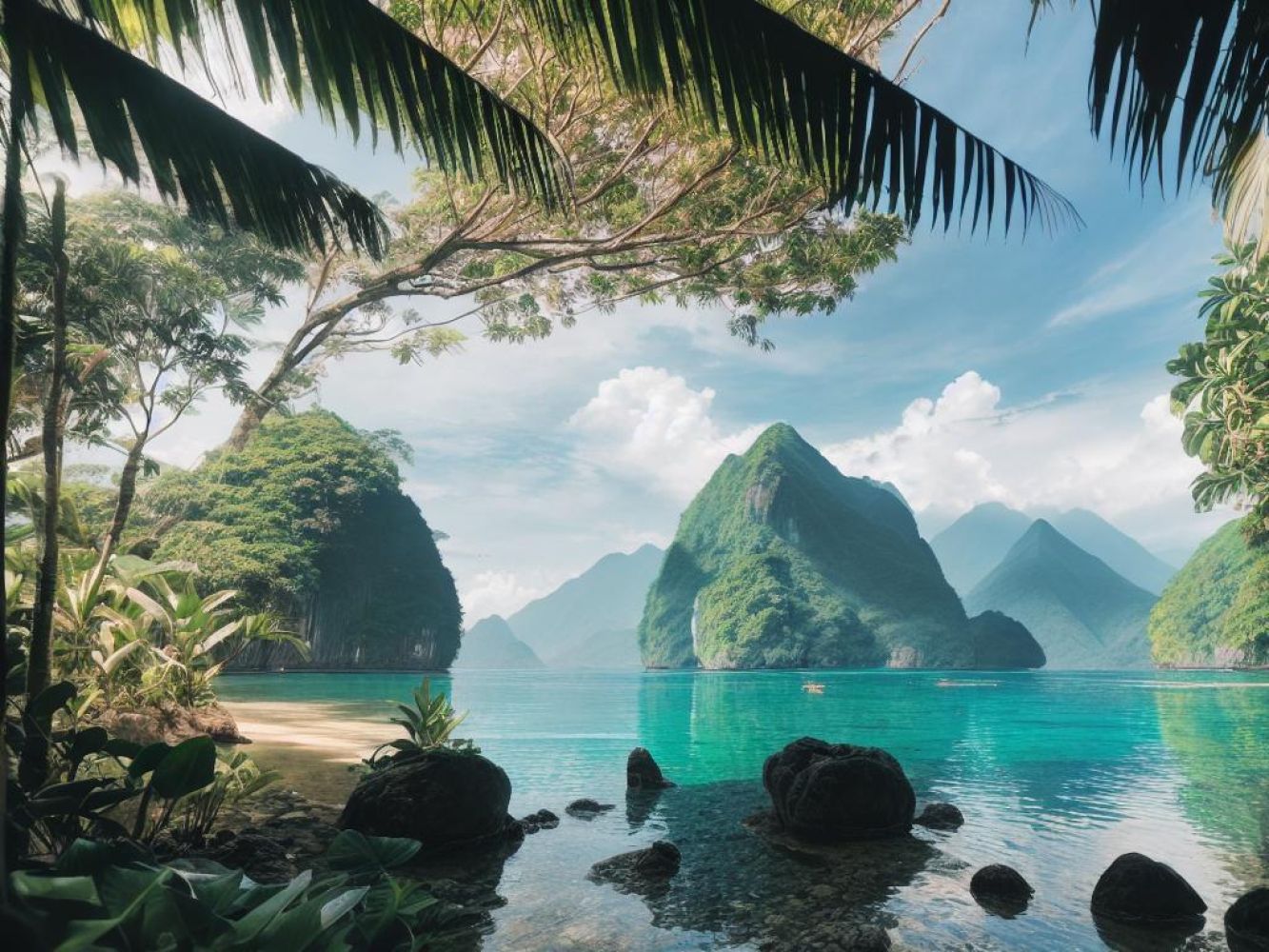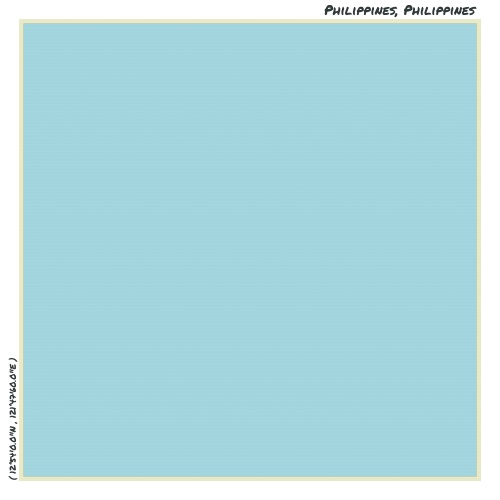Understand
The Philippines is an archipelago consisting of thousands of islands. It covers an area of approximately 301,780 square kilometers, similar to the size of Vietnam or California. The archipelago is located at the same latitude as Thailand or Vietnam, and the same longitude as Taiwan or Korea. Bracing the Philippine islands are two large land masses, Luzon in the north and Mindanao in the south. The islands in between are known as the Visayas. The country's major urban centers include Manila in Luzon, Cebu in the Visayas, and Davao in Mindanao. The Philippines is known for its mountainous terrain, offering stunning landscapes to explore and adventure.
Get in
When traveling to the Philippines, most countries' nationals can enter without a visa for up to 30 days or get a visa on arrival for up to 59 days. Just make sure you have a return or onward ticket and a passport that's valid for at least six months beyond your stay. Some exceptions to this rule include: - Nationals of Brazil and Israel can stay visa-free for up to 59 days. - Nationals of Hong Kong and Macau, including permanent residents of Macau with Portuguese passports, can stay visa-free for up to 14 days. - British National (Overseas) passport holders can stay visa-free for up to 7 days. - Chinese tourists holding a valid visa from Australia, Canada, Japan, the United States, or a Schengen Area state can stay visa-free for up to 7 days. - Indian citizens with a valid tourist, business, or resident visa from Australia, Canada, Japan, Singapore, the UK, the US, or a Schengen Area state can stay visa-free for up to 14 days. However, nationals from Afghanistan, Albania, Algeria, Armenia, Azerbaijan, Bangladesh, Belarus, Bosnia and Herzegovina, China (PRC), Cuba, East Timor, Egypt, Georgia, India, Iran, Iraq, Jordan, Kosovo, Lebanon, Libya, Macedonia, Moldova, Montenegro, Nauru, Nigeria, North Korea, Pakistan, Palestine, Sierra Leone, Serbia, Somalia, South Sudan, Sri Lanka, Sudan, Syria, Taiwan, Tonga, Ukraine, and Yemen need to apply for a visa at a Filipino diplomatic mission before traveling. If you plan to stay longer than the initial visa period, you can apply for a visa extension at the Bureau of Immigration (BI), which has offices in major cities, Manila, and Cebu airports. Extensions can be granted for up to six months at a time, and you can keep getting extensions for a maximum stay of three years. The cost of the first visa extension is 3,130 pesos if obtained at a BOI office, or 3,000 pesos if obtained on arrival at Cebu Airport. You can also get a 59-day tourist visa from any Philippines Embassy worldwide for $30/40, but remember to account for the costs of going to and from the embassy as the visa process takes 2-3 working days. If you overstay your visa, you will have to pay a fine of 1,000 pesos per month of overstay, plus a 2,020-peso processing fee. Be aware that airlines may refuse to check you in if you only have a one-way ticket to the Philippines, so it's best to have an onward "itinerary receipt" ready. Cebu Pacific Air specifically requires a printed copy of this receipt at check-in. If you choose to risk not having an onwards ticket, make sure to check in early to allow time to buy a ticket at an Internet cafe or ticket desk at the airport, in case the airline refuses to check you in.
Map & Climate
Popular Foods
 The first popular Filipino dish is Adobo, which consists of meat - typically chicken, pork, or seafood - cooked in vinegar, water, garlic, bay leaves, and black pepper. It is known for its tender texture and rich flavor.
The first popular Filipino dish is Adobo, which consists of meat - typically chicken, pork, or seafood - cooked in vinegar, water, garlic, bay leaves, and black pepper. It is known for its tender texture and rich flavor.  The second popular Filipino dish is Sinigang, a comforting soup that often features pork or beef, along with vegetables like taro, radish, and string beans. The broth is made from sour ingredients such as tamarind, calamansi, or guava, giving it a tangy taste.
The second popular Filipino dish is Sinigang, a comforting soup that often features pork or beef, along with vegetables like taro, radish, and string beans. The broth is made from sour ingredients such as tamarind, calamansi, or guava, giving it a tangy taste.  The third popular Filipino dish is Halo-Halo, a refreshing dessert made from shaved ice, sugar, and evaporated milk, mixed together and then layered with various sweet ingredients such as fruits, gelatin, and sweet beans. This cold treat is typically garnished with colorful ube (purple yam) jam and sago pearls.
The third popular Filipino dish is Halo-Halo, a refreshing dessert made from shaved ice, sugar, and evaporated milk, mixed together and then layered with various sweet ingredients such as fruits, gelatin, and sweet beans. This cold treat is typically garnished with colorful ube (purple yam) jam and sago pearls. 




Comments
NO COMMENTS